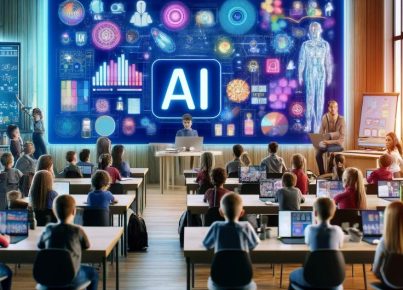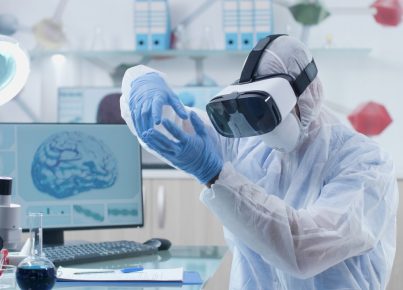In 2025, data-driven differentiation and learning analytics have become cornerstone elements of effective differentiated instruction. Advanced data collection and analysis tools provide educators with unprecedented insights into student learning patterns, enabling highly targeted and responsive teaching strategies.
Learning management systems (LMS) and educational software now employ sophisticated AI algorithms to track not just academic performance, but also learning behaviors, engagement levels, and even emotional states during learning activities. This holistic approach to data collection allows for a more nuanced understanding of each student’s learning process.
Real-time dashboards provide teachers with up-to-the-minute information on student progress, highlighting areas where individuals or groups of students may be struggling or excelling. This allows for immediate intervention or extension activities, ensuring that each student is appropriately challenged and supported at all times.
Predictive analytics play a crucial role in 2025’s differentiated instruction landscape. By analyzing historical data and current performance trends, these systems can forecast potential learning difficulties or opportunities for acceleration. Teachers can then proactively adjust their instruction or provide targeted support before issues arise.
Moreover, learning analytics in 2025 go beyond academic performance to consider factors like learning styles, interests, and even circadian rhythms. This allows for truly personalized learning schedules and content delivery methods. For instance, a student who shows higher engagement with visual content in the afternoon might automatically receive more graphical learning materials during that time.
Collaborative filtering algorithms, similar to those used in recommendation systems, suggest learning resources and activities based on the success patterns of similar students. This data-driven approach helps in discovering effective differentiation strategies that might not be immediately obvious to human observers.
As we progress through 2025, expect to see increased integration of biometric data into learning analytics. Wearable devices might track stress levels or attention spans, allowing for even more responsive and empathetic differentiated instruction.





